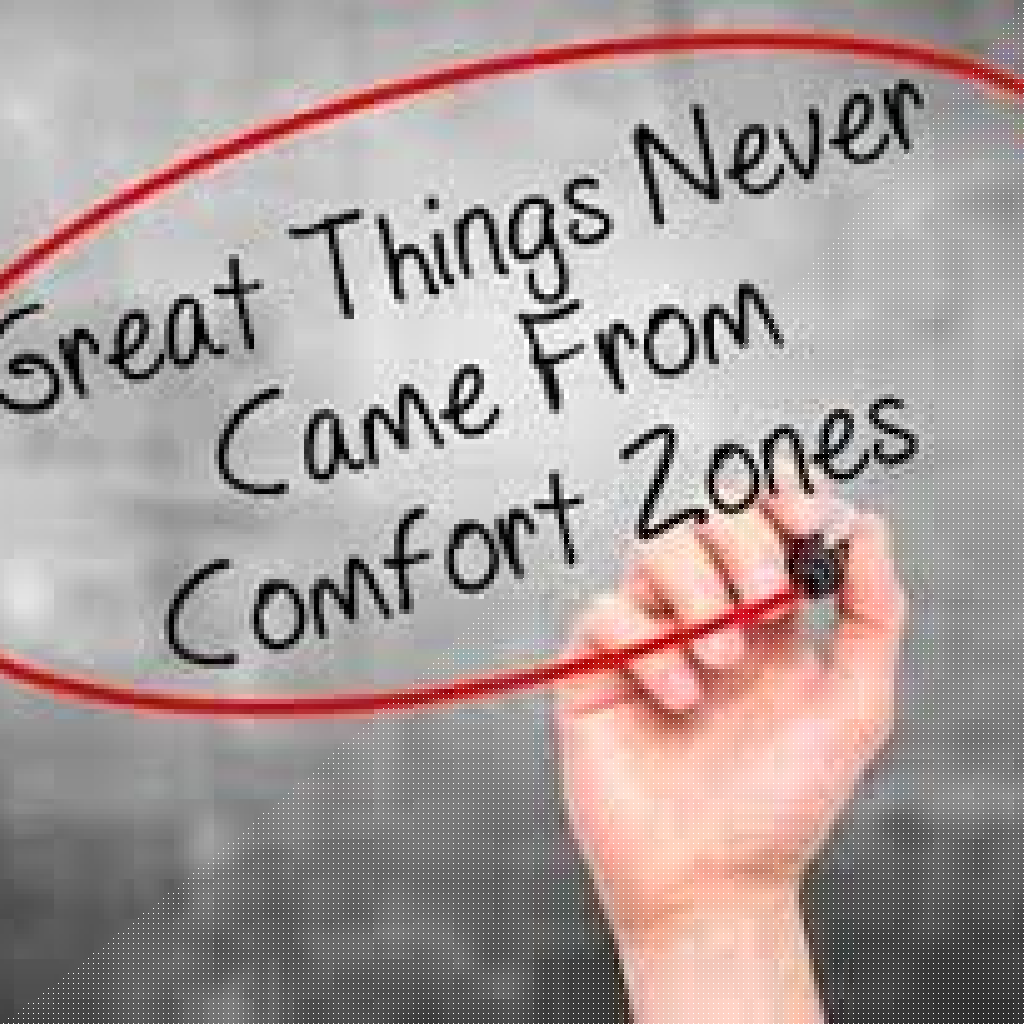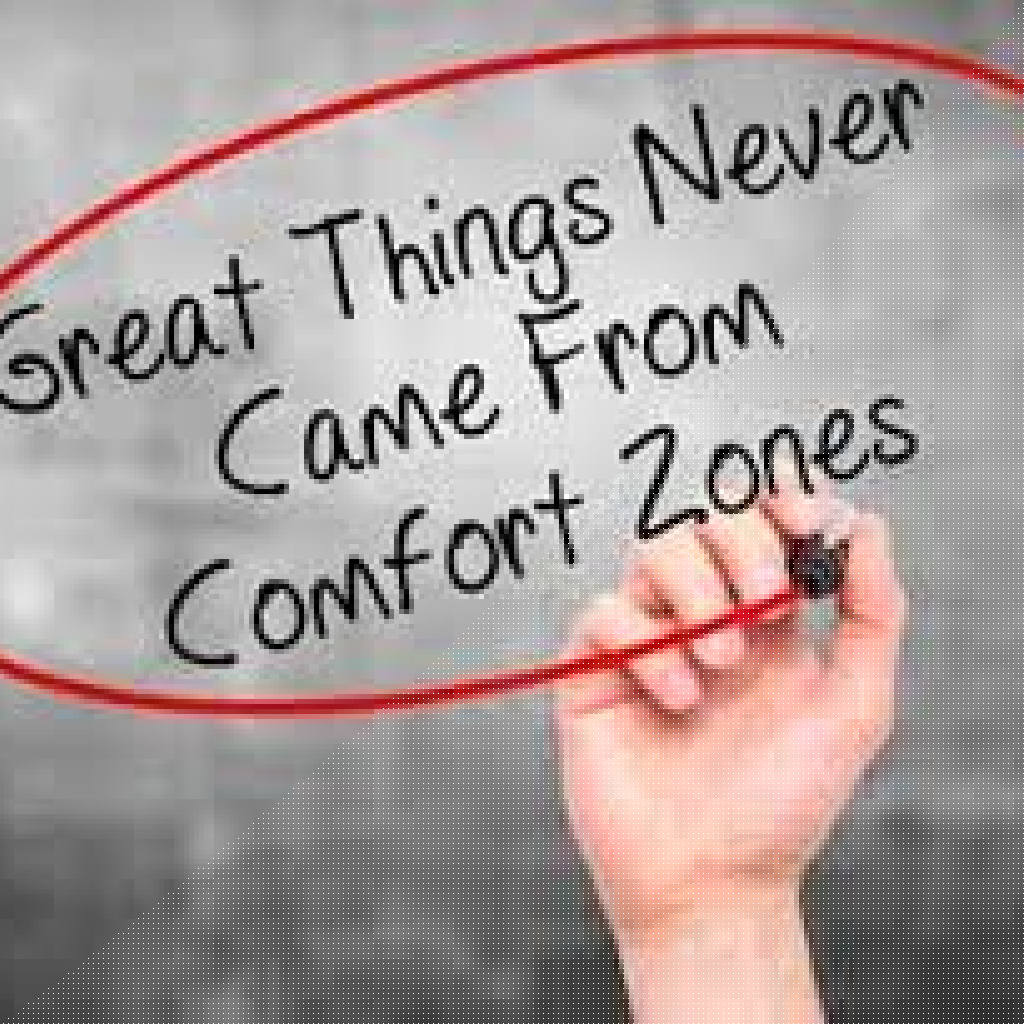Key Takeaways:
- Effective management practices are essential for improving overall employee performance and engagement.
- Diversity training and effective communication are key to fostering strong workplace relationships.
In today’s fast-paced business environment, effective management practices are more essential than ever. Managers face numerous challenges, including enhancing employee performance, fostering workplace relationships, and navigating a diverse workforce. This article provides actionable strategies that modern managers can implement to drive performance and create a thriving organizational culture.
Understanding Management’s Impact on Performance
Effective management significantly impacts employee performance. When managers understand the role they play, they can influence their team’s productivity and success. One of the first steps is identifying and communicating clear objectives. Employees need to know what is expected of them, which fosters accountability and encourages them to take ownership of their tasks.
Creating a supportive environment is also crucial. For instance, consider a team in a technology company where the manager actively encourages open feedback during regular meetings. By valuing employees’ input, the manager builds trust, leading to increased motivation and performance. Here, management isn’t just about orchestrating tasks—it’s about cultivating an atmosphere where employees feel engaged and valued.
What Are the Best Management Styles for Boosting Performance?
Different management styles can yield varying results. For example, a democratic management style that solicits input from team members might work well in creative environments. On the other hand, transactional management, which focuses on results and rewards, can be effective in situations where tasks are clear-cut.
Adaptability is key; effective managers assess their teams’ needs and adjust their styles accordingly. A practical approach could involve a manager shifting from a more directive style during high-pressure situations to a collaborative approach when the team is brainstorming ideas. This dexterity can greatly influence overall performance and morale.
How Can Effective Hiring and Training Practices Enhance Team Performance?
The journey towards building an effective team begins with successful hiring initiatives. A well-structured hiring process that includes clear job descriptions and structured interviews can ensure that the right candidates are chosen. For instance, a retail store that defines its customer service expectations will align candidate skills with job requirements, thereby improving team dynamics.
Once employees are onboarded, comprehensive training becomes essential. Managers should implement training programs that not only provide technical skills but also focus on interpersonal skills, which are essential for teamwork. Programs that simulate real workplace scenarios can prepare employees for the challenges they may face. For example, role-playing exercises can offer insights into handling difficult customer interactions, ultimately boosting confidence and performance in real situations.
The Role of Business Communication in Management
One cannot underestimate the significance of effective business communication in management practices. When communication flows freely, it eliminates confusion and fosters a sense of community. Regular check-ins, updates, and the use of various communication platforms can help keep everyone on the same page.
Consider a project team that relies on digital tools for project management. The manager ensures that everyone is aware of their roles and deadlines by issuing regular updates. By facilitating constant communication, the manager not only enhances productivity but also helps to build stronger relationships within the team.
Strategies for Building Strong Workplace Relationships
Building relationships at work goes beyond simple camaraderie; it’s about creating a collaborative atmosphere. Managers can foster these relationships through team-building activities that allow employees to connect outside their typical job roles. For example, organizing a volunteer event can not only strengthen relationships but also unify the team around a shared purpose.
Additionally, recognizing and celebrating achievements within the team can enhance bonding. Simple acknowledgments, whether it’s through shout-outs during meetings or team newsletters, can create a culture of recognition that boosts morale and performance.
Navigating Workplace Diversity and Inclusion
In today’s globalized world, diversity and inclusion are critical to modern management. Effective managers recognize the importance of varied perspectives and the innovation that diversity can drive. Creating a culture of inclusion requires training that helps employees understand biases and appreciate differences.
Consider introducing diversity training sessions that empower employees and management alike. These trainings can help eliminate misunderstandings and build an environment where everyone feels valued and heard.
Keeping Employee Motivation High
Employee motivation is a continuous challenge for managers. Establishing an understanding of what motivates each employee is essential. Some may thrive on recognition, while others may seek continuous learning opportunities. For instance, implementing mentorship programs can greatly motivate employees by providing career growth avenues.
Additionally, establishing a healthy work-life balance can foster satisfaction and reduce burnout, which in turn improves overall performance. Encouraging employees to take regular breaks and promoting flexible work hours can lead to higher engagement levels.
Managing Difficult Employees
Handling challenging employees is a common issue many managers face. The first step is to identify the root cause of their behavior. Is it a lack of motivation, unclear goals, or personal issues? By initiating open conversations, managers can address problems early and develop strategies tailored to the individual’s needs.
For example, a manager may discover that an employee struggling with their tasks feels overwhelmed and lacks clarity. Addressing this through support and restructuring tasks can lead to improved performance and morale.
Conclusion
Successful management in today’s workplace requires a blend of strategic practices, clear communication, and a strong focus on relationships. By addressing these areas, managers can not only boost employee performance but also create a thriving work environment that embraces diversity and fosters collaboration. The strategies discussed are not just theoretical; they can be implemented immediately to drive positive change within any organization.













